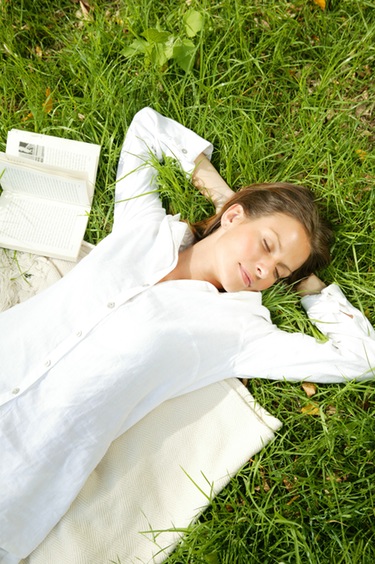The siesta is one of the most deeply rooted traditions in Spain and one of the ‘made in Spain’ values that have been exported around the world with the most success, and on July 11 it celebrates its festival, that of San Benito Abad, whom “the little head” is attributed.
Doctor Pedro Mayoral, an expert in sleep disorders, has listed to Efe the benefits” of this “product” that “is recognized as a Spanish good, which has sometimes been poorly valued and now it turns out that we are exporting it all over the world. World”.

The nap helps to regain strength and concentration
- Mayoral, together with a group of researchers, has created a mandibular advancement device, named ‘Lirón’, which helps to solve sleep problems such as apnea and snoring.
These interruptions in breathing, according to this specialist, a member of the Spanish and European sleep societies, break the cycles of these “noises” that improve people not only physically, but also mentally, as they have been able to verify a few months ago. The NASA. His researchers found that astronauts maintained lucidity and good disposition after taking a nap after a morning of intense work.
The study established the 26th minute as the right time to wake up from “, but Mayoral opens the fork between 20 and 30 minutes so that the typical nod “allows us to recover strength” and improve “concentration.” It is important to take this time to rest, especially for professionals with a high-risk and high-stress job, such as air traffic controllers.
The most important thing about the nap: that it does not exceed 30 minutes
- And how do you have to take a nap so that you feel good?: “You can lie down or lie down, but the most important thing is that it does not exceed thirty minutes”, according to Mayoral, since if you exceed that time you also enter into deeper phases of the “architecture of sleep”, of cycles more typical of the night.
- “The siesta is a kind of short restorative sleep,” insists this specialist who practices in several recognized clinics in Spain and who recommends it especially for people with hypertension, diabetes, heart problems, anxiety and stress.
- But the range of those lucky enough to take a nap could be expanded if we take into account what some sleep experts point out who believe that companies should join. “It would improve the performance of people because it would improve the quality of life and, in turn, it would improve economic performance,” says Mayoral, who alludes to a study that reveals that people with great fortunes in the world, those who earn more than one hundred thousand euros, have the habit of taking a nap.
The origins of the siesta
- “The siesta crosses borders and the well-being it offers is incomparable to any other medical solution,” according to experts and as predicted by Saint Benedict of Nursia, better known as Saint Benedict the Abbot, patron saint of Europe and, as the scriptures say, the person who established “the sixth hour” or also called the siesta hour as a moment of rest.
- The story goes, according to Mayoral that this Saint taught the monks to build clocks to tell the hours. The rule of San Benito specified a series of hours with the obligations, meals, prayers and ceremonies to be carried out in each of them. The sixth hour, dedicated in the Benedictine rule to rest, has been the one that has immortalized the siesta.
